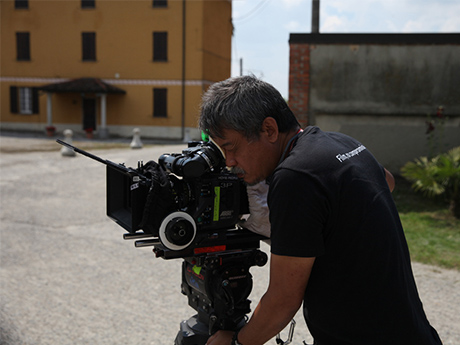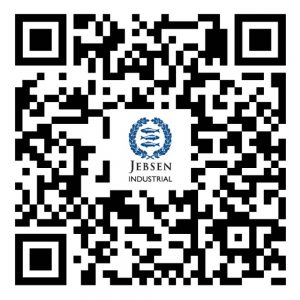‘Call Me By Your Name’ – Interview With Cinematographer Sayombhu Mukdeeprom

Call Me By Your Name is available now on Blu-ray, DVD and digital download
© 2017 Frenesy Film Company SRL and La Cinefacture SARL. All Rights Reserved.
Cinematographer Sayombhu Mukdeeprom
Cinematographer Sayombhu Mukdeeprom caused something of a sensation when it was revealed that he had shot the Academy Award® winning Call Me By Your Name using a single 35mm lens. Here at Cooke , we were gratified to learn that the lens in question was a Cooke S4/i 35mm lens. We spoke to Sayombhu to find out more about his choices for this singular film.
Cooke : What were your experiences using Cooke lenses prior to this film?
Sayombhu Mukdeeprom: I had used S4/is a few times before on movies, and I also used a few Panchro Classic/i lenses on a recent film, Suspiria.
I am quite new to Cooke – when I started working in Thailand 20 years ago, there wasn’t much choice – everything was all about ARRIFLEX, ARRI lenses… So later, when the door was opened I wanted to try something else. Cooke was the very first lens I went to – I felt they gave a natural texture which I like, they are clear but gentle. Now I have the chance to test more lenses, I always try as many as I can, but I never actually use sharp lenses like Master Primes on my projects– they are too ‘strong’ for me. It’s similar to people who like spicy food and people who don’t! For me it’s too much!
Cooke : Why did you choose to limit yourself to a single lens for Call Me By Your Name, and why did you choose a Cooke S4/i 35mm?
SM: My director [Luca Guadagnino] suggested it and the idea of shooting on one lens was challenging to me. I did some research before I said yes; I went through the script to understand what was happening and I thought it was possible to shoot everything on one lens. I thought it might give a special perspective of how we presented the story. When we are making art, we don’t know what it’s going to be – you can guess from your experience, but it’s an unknown, and that appealed to me.
Luca Guadagnino
I went to the main location with my camera and certain lenses – 25mm, 32mm, 35mm, 50mm – and filmed some landscapes and people. First I dropped the 25mm as it was too wide; then we compared the 32mm and 35mm. We left it a few days to think, and then we decided on the 35mm because it gave a good ratio between the actor and background.
Some medium close-ups of people were quite challenging, they could have been a little closer and we had to adapt our methods once or twice, but apart from that it was very natural [to shoot with the 35mm]. At that point, it’s not about the lens, it’s about story, about what’s happening – that for me is what the movie is about.
We compared several 35mm lenses, including the Cooke 5/i 35mm but we liked the S4/i best. Cooke lenses give more gentle contrast compared to others, I felt it would go well with the story. They are also superb for skin tones.
COOKE: How did the lens cope in different lighting and weather conditions?
SM: We live in a very interesting era for cameraman; thanks to climate change, everything is unpredictable. We shot during summer in Italy and it rained so hard! They had historic amounts of rain… it could have been monsoon season in Thailand! I had to light everything, especially for interiors.
When the sun did shine, the angle of sun in Italy is better than Thailand, being in the northern hemisphere. The angle is shorter but the quality of light is superb.
COOKE: What were the pro’s and cons of shooting with one lens? Would you do it again?
SM: With only one lens, we had to make sure not to drop it! But we were near Milan so it wouldn’t have been a problem to get a replacement.
Really though, it’s not about the camera or lens, it’s about the story and the interpretation between the actors. Sometimes the off-scene acting was superb, it gave the feeling of the real perspective of people, and we captured it in a natural way, they weren’t even aware – the first time I saw it, I was so pleased with it.
The lens limit meant there were some close-ups we couldn’t quite get – I could have done with another diopter. Otherwise though, if the story led the decision, I would do it again. But I did it already so it’s not a challenge any more!


